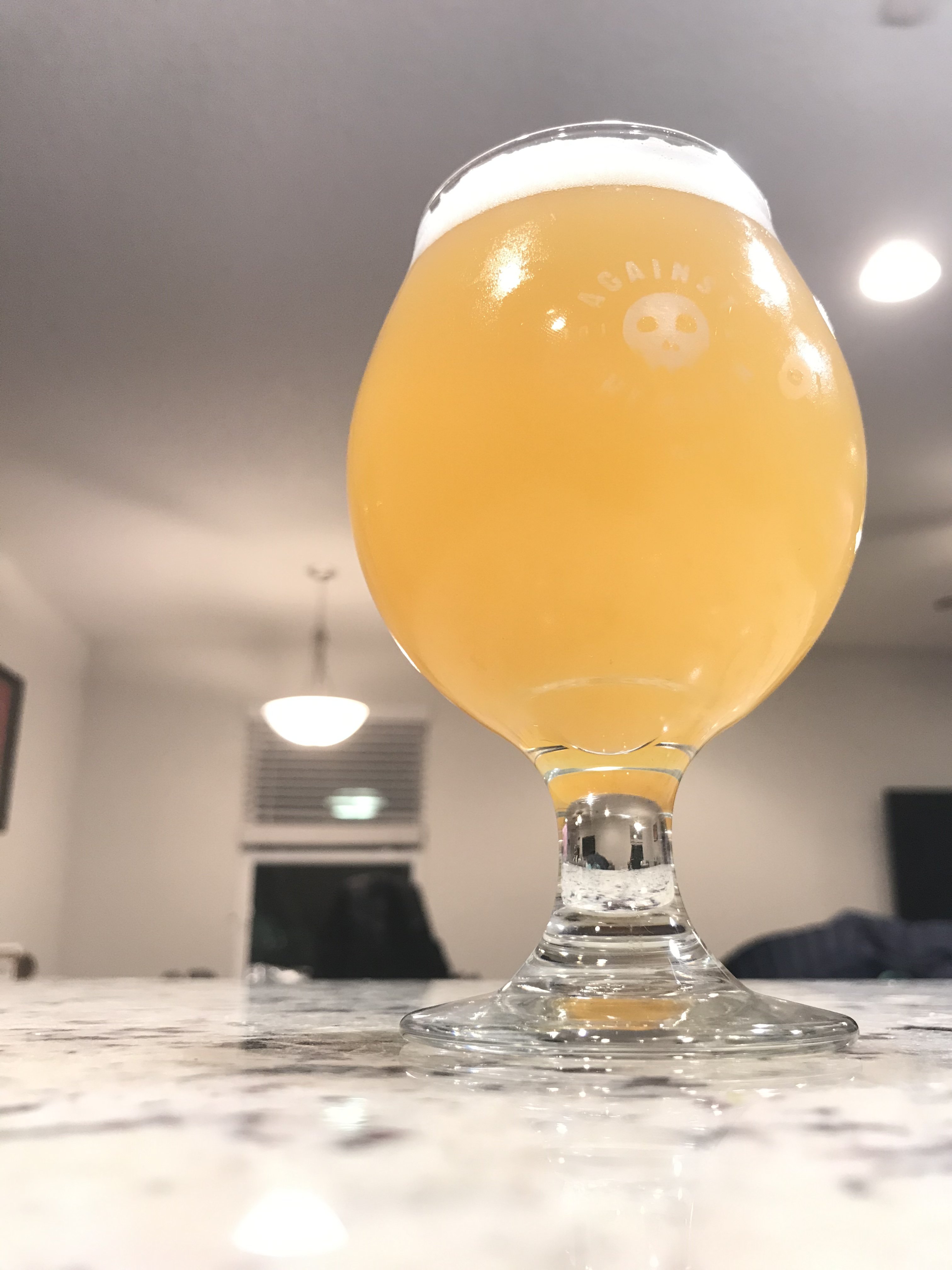Dgallo
Instagram: bantam_brews
i'm pretty sure one way a DDH would result in a flavor difference would be if you added your first charge at the usual early part of fermentation and then waited until the beer is basically finished to add another charge 24 hrs before racking. cold crash the beer after the last addition and then rack to keg. i did that once and the flavor of the hops seemed to be pretty different to me compared with the beers when i add them earlier.
That’s exactly what I do (that was the ddh I did in the experiment). 2/3 of the dry hop during the back end of fermentation and the last 1/3 36-48hr before cold crash. I can’t remember whose article it was but it stated that almost all the essential oils will be seeped in between 36-48 hours. It was a great read if I find it again I’ll post it. I personally do think I’m getting a better distinctive hop flavor doing it this way




























![Craft A Brew - Safale BE-256 Yeast - Fermentis - Belgian Ale Dry Yeast - For Belgian & Strong Ales - Ingredients for Home Brewing - Beer Making Supplies - [3 Pack]](https://m.media-amazon.com/images/I/51bcKEwQmWL._SL500_.jpg)






























